No Recreational Vehicle (RV) Parking
Our parking lot cannot accommodate RVs or trailers. Check out our FAQs page or follow the link for a map to a nearby lot for parking and trailers to detach. RVs should NOT pull into the parking lot.
| Title | Weir Farm |
| Park Code | wefa |
| Description | Visit the home and studio of America's most beloved Impressionist, J. Alden Weir, and walk in the footsteps of generations of world-class artists. Set amidst more than 60 acres of painterly woods, fields, and waterways, you’ll soon see why Weir d... |
| Location | |
| Contact | |
| Activities |
|
| Entrance fees |
|
| Campgrounds | Count: 0
|
| Places | Count: 13
Burlingham House Visitor CenterThe Burlingham House, bears the name of Julian Alden Weir's youngest daughter, Cora Weir Burlingham, who lived in this house form 1931 to 1986. Today the Burlingham House serves as the park's visitor center and and museum store. The visitor center is open seasonally, and brochures, self-guided tours, Junior Ranger activities, and the National Park Passport Stamp are available year-round on the front porch. 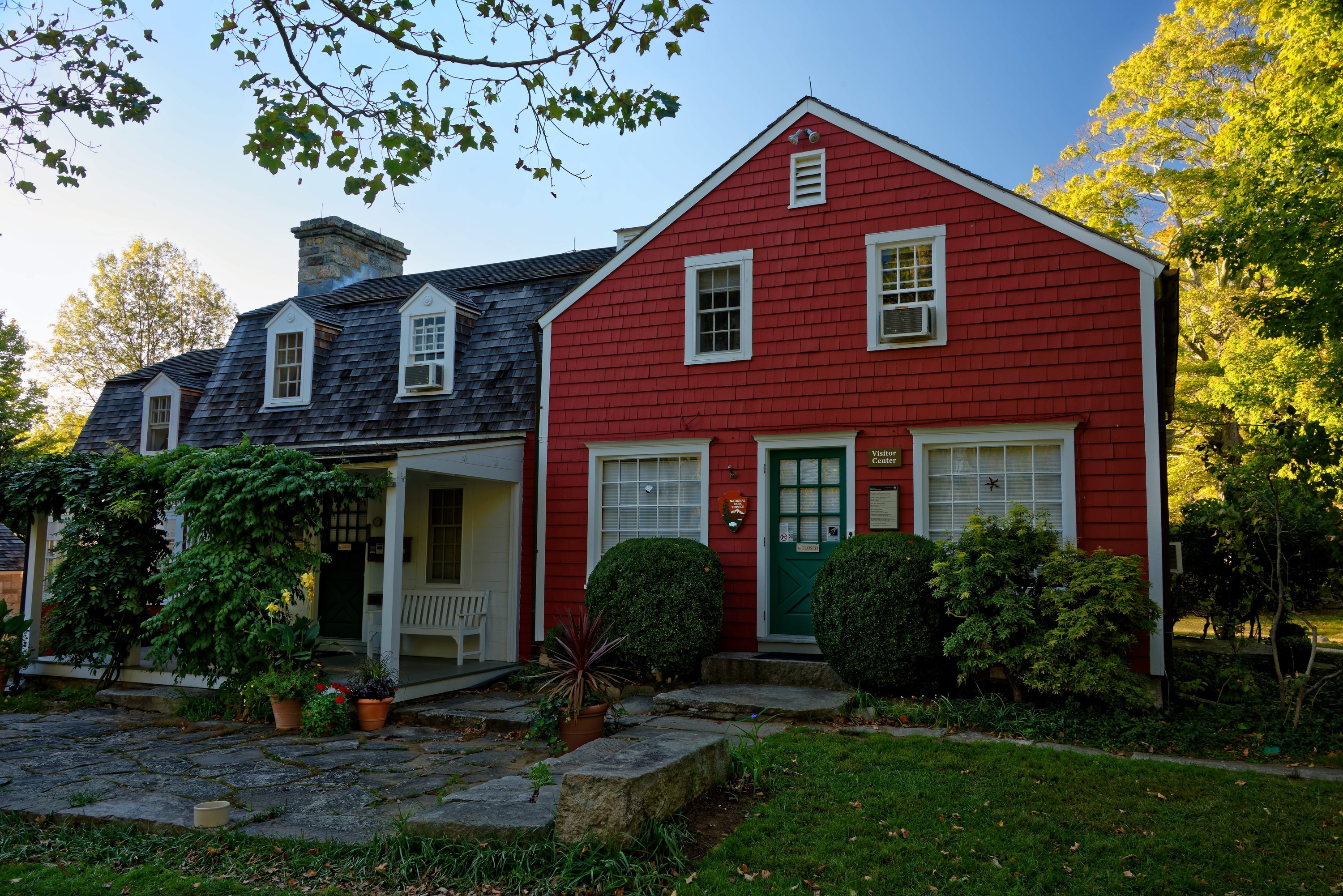
Secret GardenNamed because the outside hedges became so overgrown it hid the garden, the Secret Garden is located near the Weir and Young Studios. The Ridgefield Garden Club worked with the National Park Service and the Olmstead Center for Landscape Preservation to restore this area in the mid-1990s. With its quaint wood fencing, bubbling fountain, and historic sundial, this spot encapsulates beauty and blooms with a dazzling array of flowers that are sure to inspire! 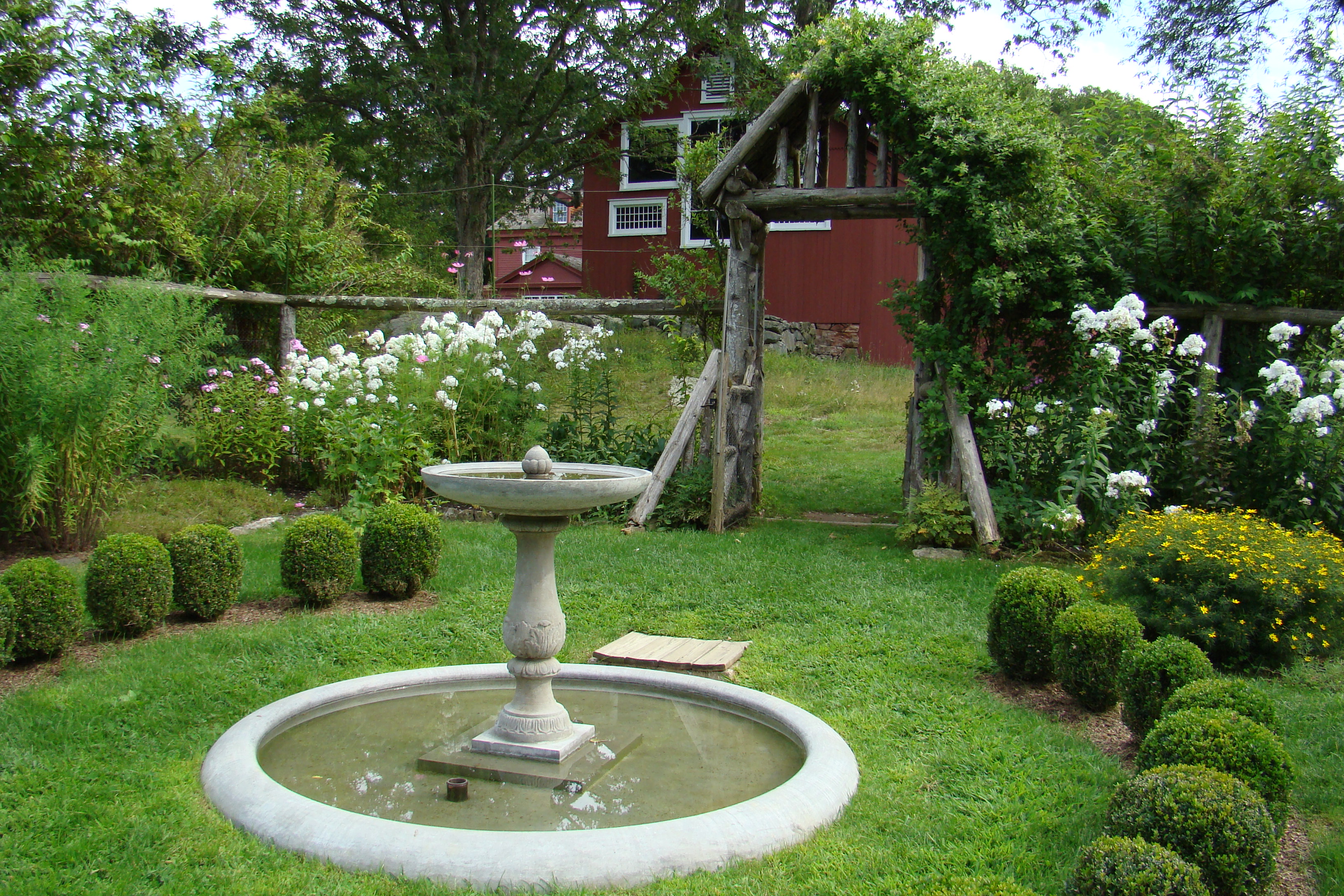
Sunken GardenThe Sunken Garden is a defining feature of the landscape of Weir Farm. Commissioned by Cora Weir Burlingham in the early 1930’s this small, intimate space is defined by the stone retaining walls and curving flowerbeds edged with dwarf boxwood. Blooms of irises, peonies, bleeding hearts, and many more dynamic garden plants offer beauty and inspiration in the Sunken Garden throughout the seasons. It is a favorite spot for painters, as is the nearby stone potting shed. 
Terraced GardensJulian Alden Weir’s youngest daughter, Cora Weir Burlingham, was especially passionate about gardening and had an education in landscape design and horticulture. An artist of the landscape, she played a major role in completing the artistic vision of this tranquil retreat, designing and commissioning several of Weir Farm’s historic gardens, including the iconic Terraced Gardens. Today, the Terraced Gardens are a popular spot for plein air painting and picnicking. 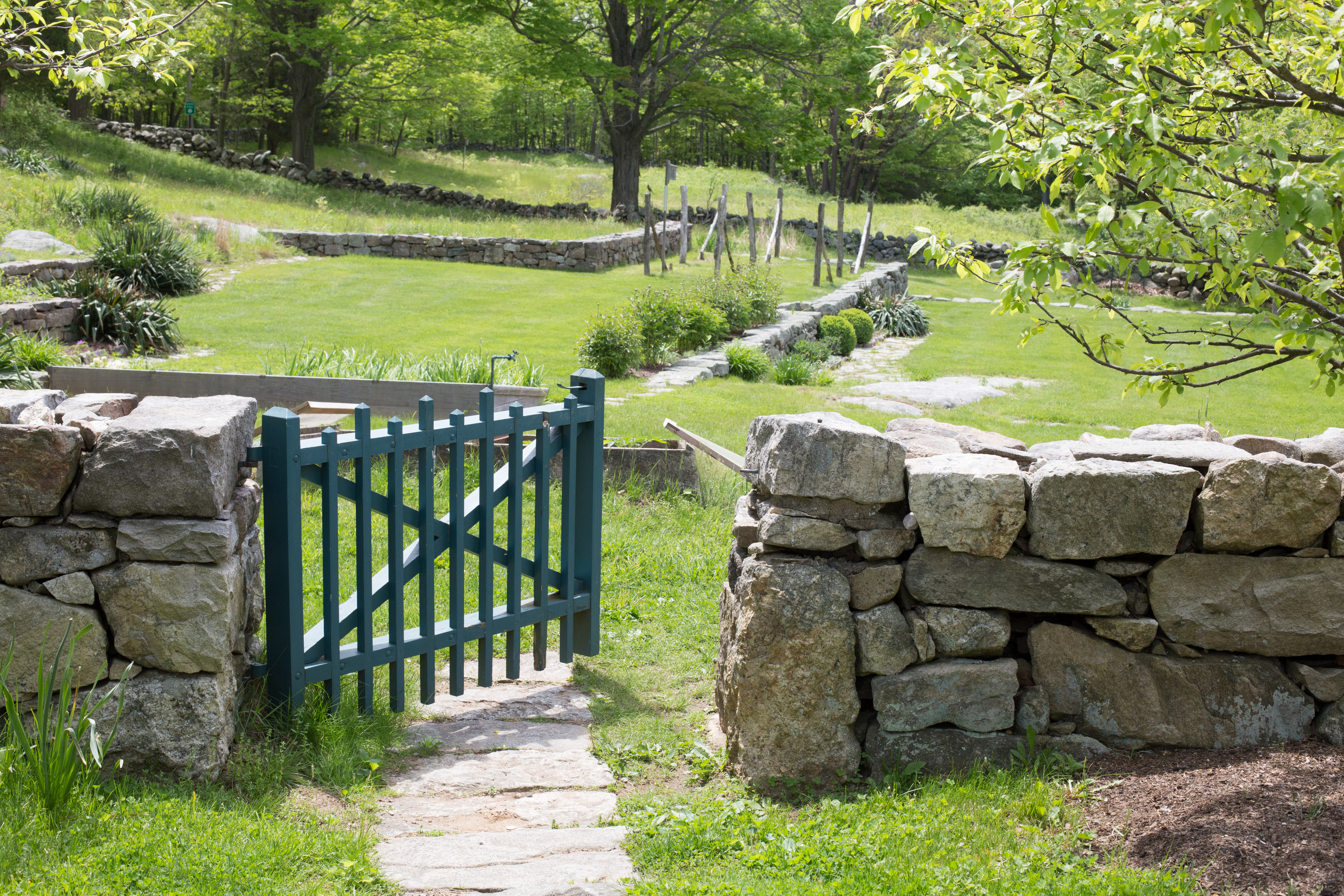
The Caretaker's House and Artist-in-Residence StudioWeir Farm was once a fully operating farm, but Julian Alden Weir knew little about farming. To help run the farm, Weir hired a farm manager, or caretaker. The farm manager lived in the Caretaker’s House often with their families. Today, the Caretaker’s House is used for housing the park’s Artists-in-Residence, and the adjacent studio serves as their creative workspace. The house and adjacent studio are closed to the public. 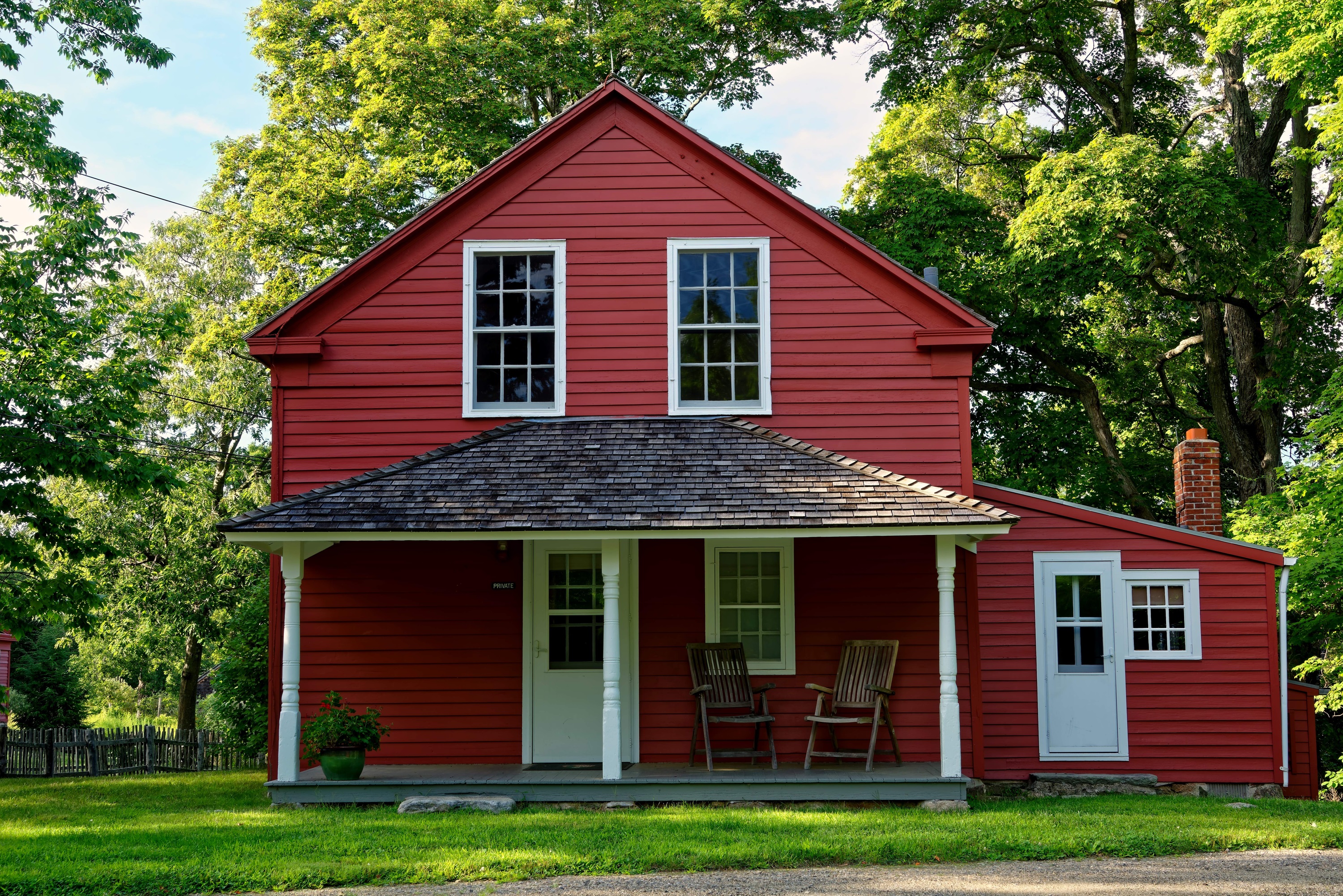
Truants' MeadowAs seen in Julian Alden Weir's painting The Old Rock, now known as The Truants, this meadow exemplifies the dynamic nature of a cultural landscape. 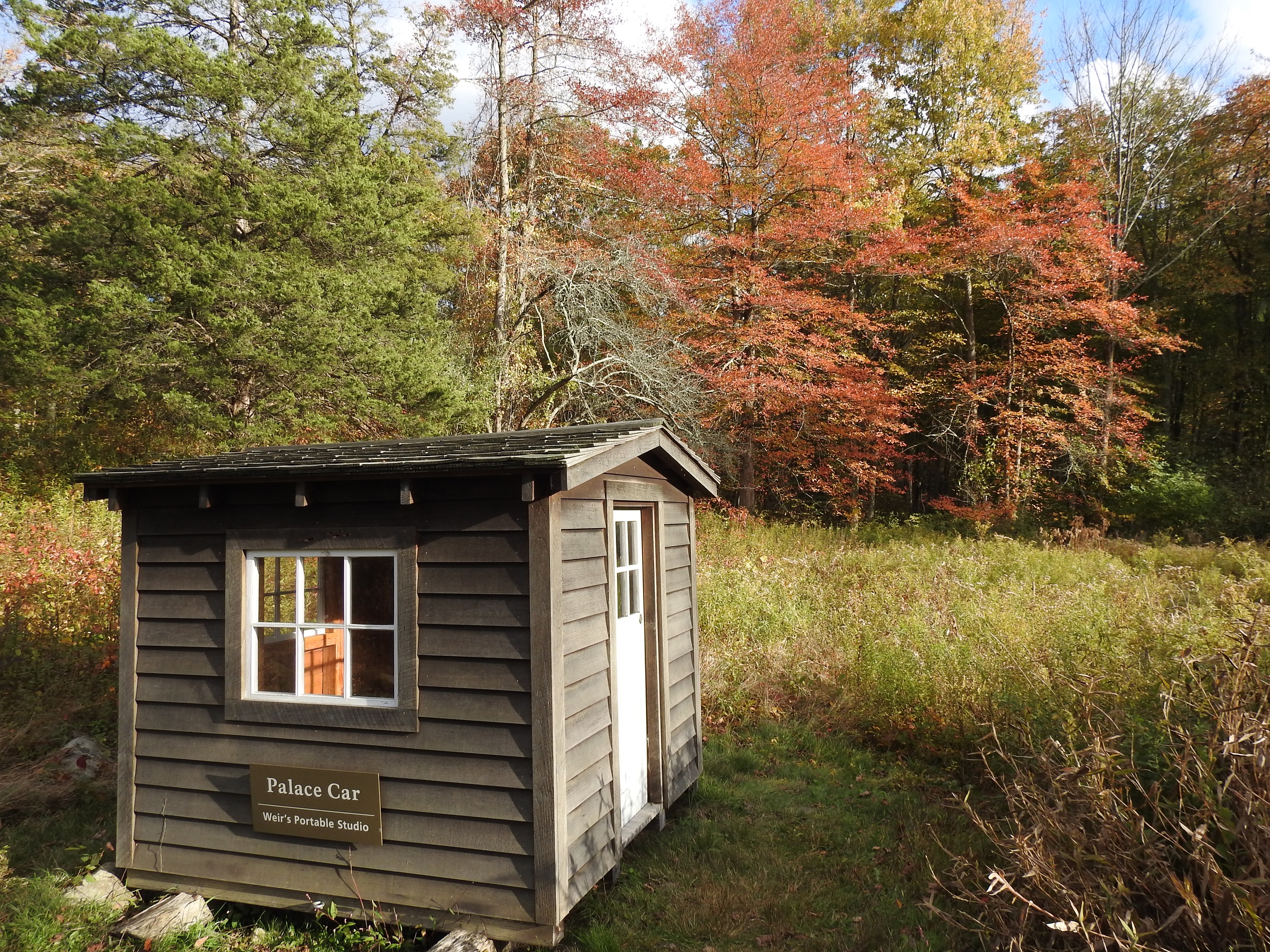
Visitor Parking LotThe Visitor Parking Lot is open daily, sunrise to sunset, year-round. The self-serve kiosk in the parking lot includes information about the park, brochures, self-guided tours, and the National Park Service Passport Stamp. There is a pet waste station located near the parking lot entrance, please pick up after your pets. 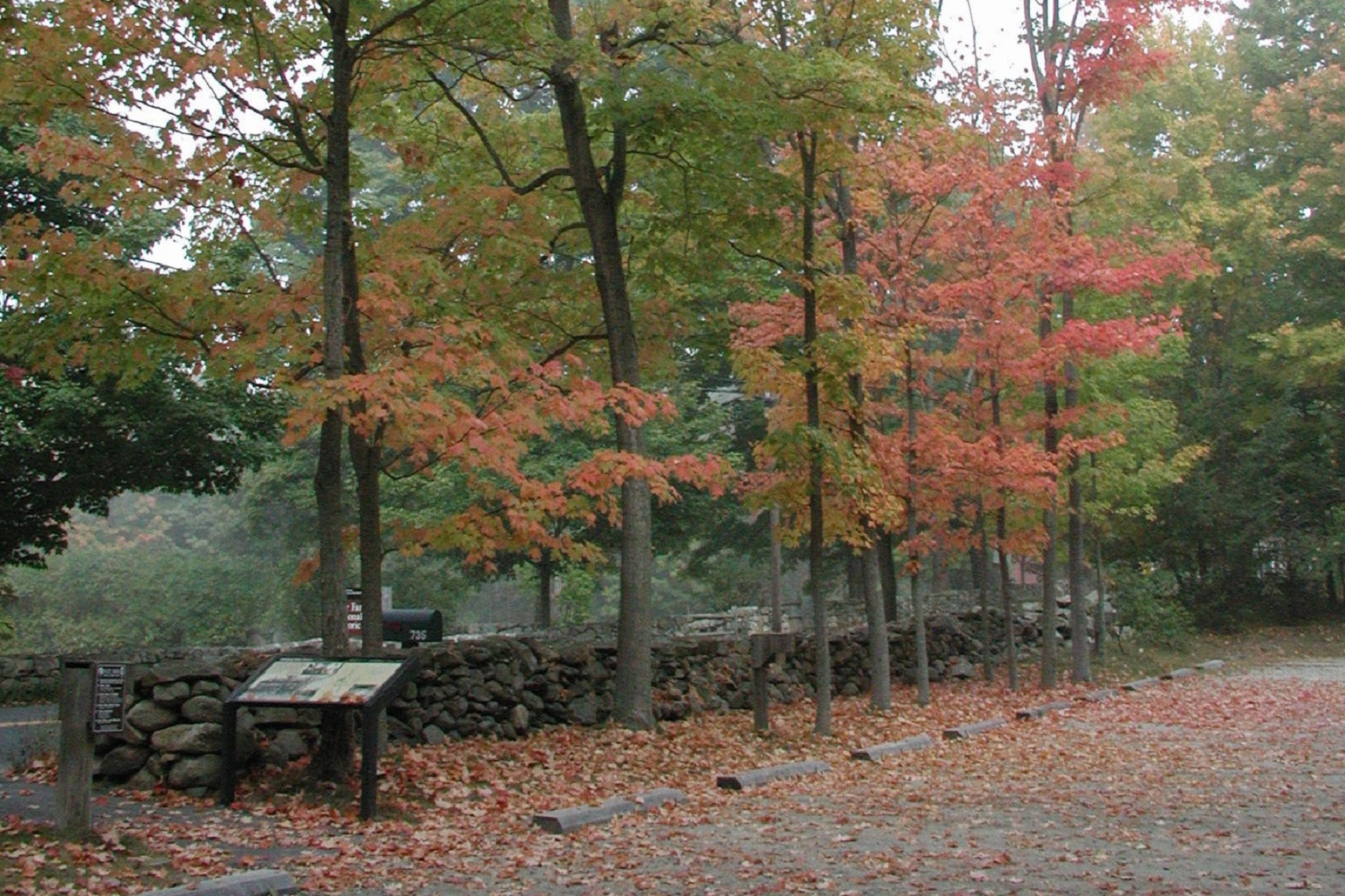
Weir BarnUntil the late 19th Century, much of Connecticut was comprised of family farms, often named for the families that owned them. The Weir Barn and its outbuildings - the tack house, chicken coop, ice house, and corn crib - were crucial to the working farm. Seasonally, visitors can view four historically furnished rooms of this rare, pre-1835 English-style barn. 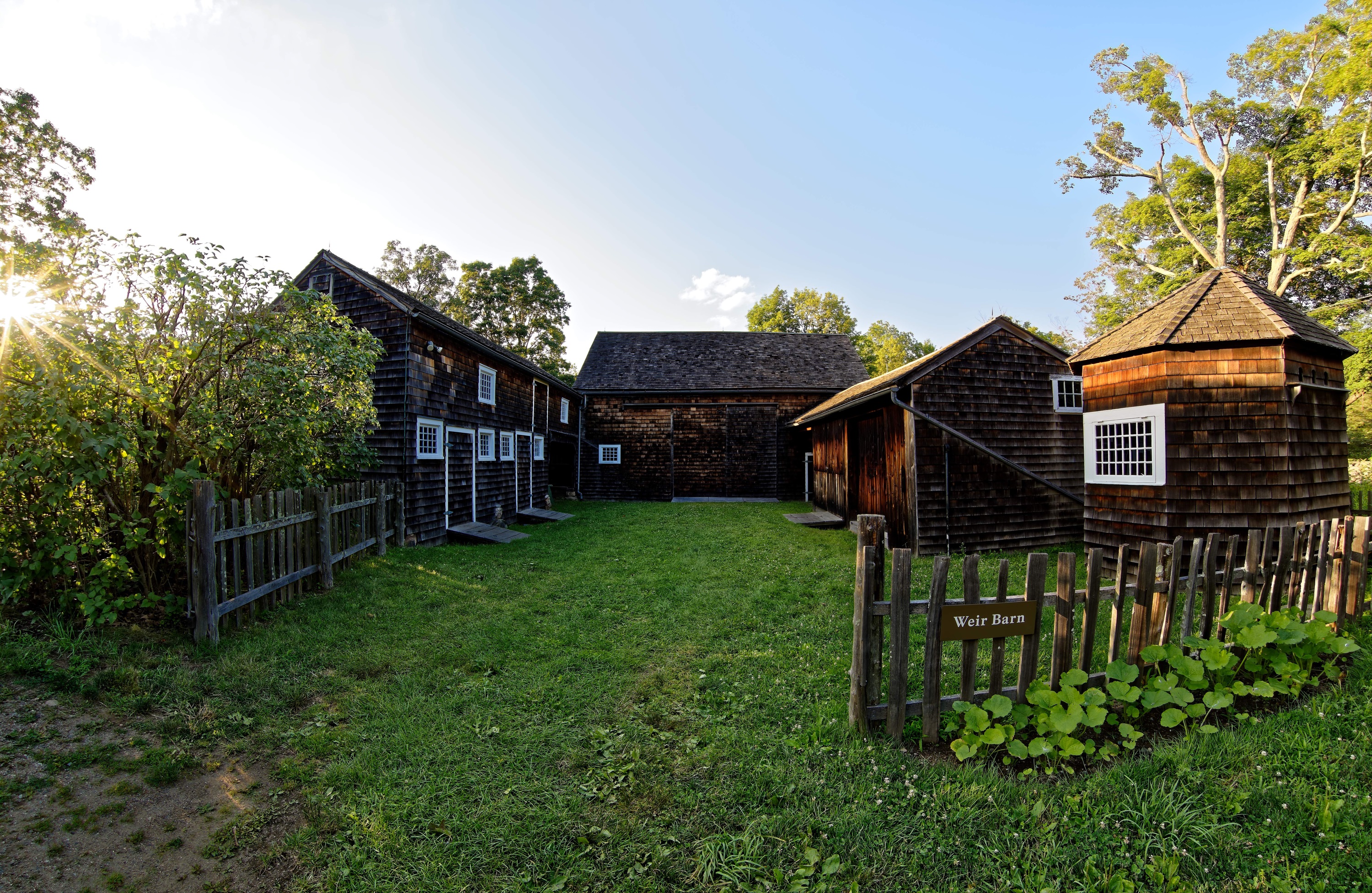
Weir HouseWeir Farm was home to three generations of artists, beginning with Impressionist painter Julian Alden Weir in 1882, when he fell in love with the landscape and his “little house among the rocks.” Today, the wildly artistic Weir House contains many original paintings, furnishings, and decorative objects. 
Weir PondWeir Pond was a backdrop for many outings during Julian Alden Weir's lifetime, including fishing, painting, boating, swimming, and picnics. In the winter, the ice was harvested and stored in the ice house. Today the area is still used for artistic inspiration and as a hiking destination. 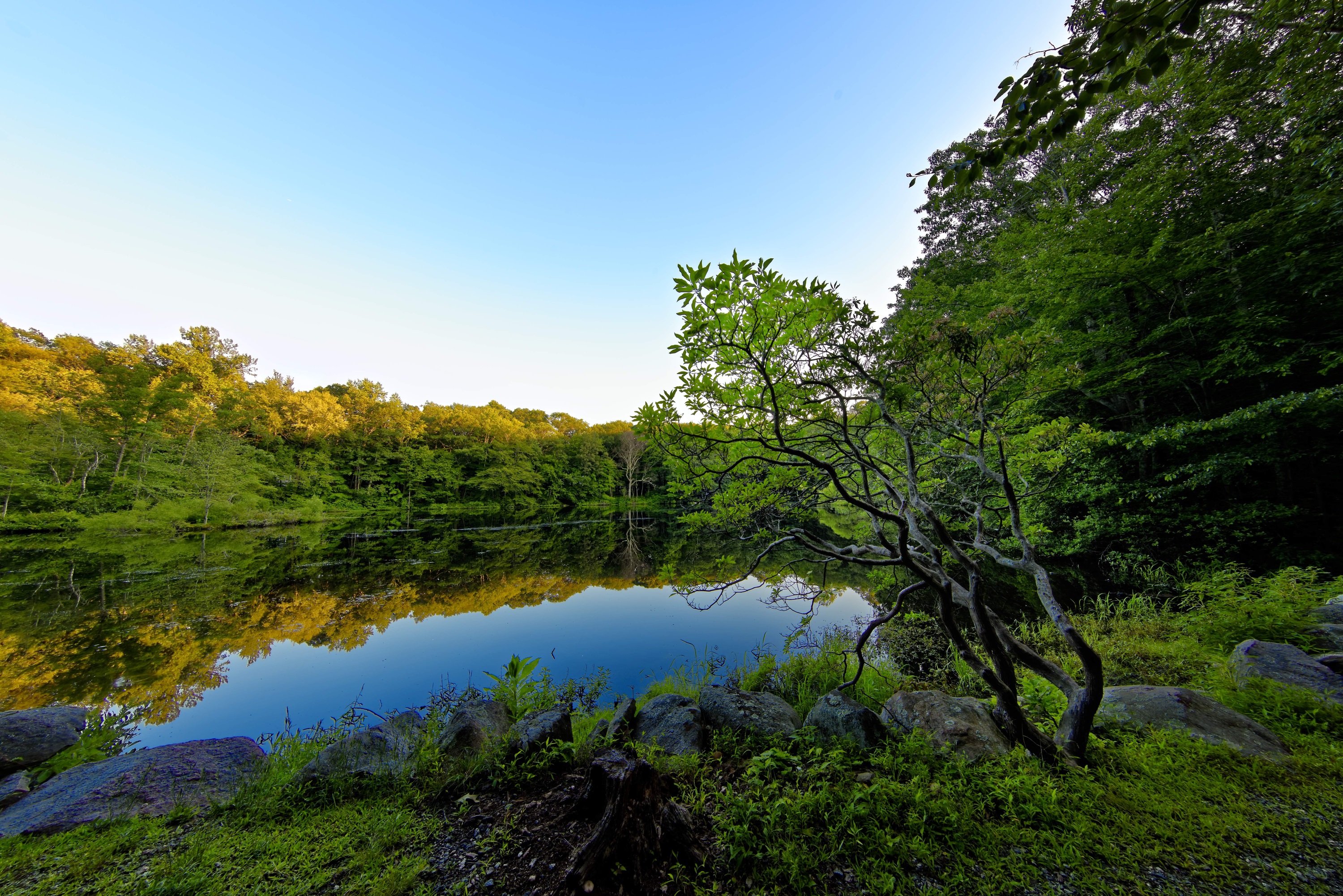
Weir PreserveWeir Preserve is a privately owned parcel of land adjacent to Weir Farm National Historical Park and connects to the park’s trail system. Although it is not park of the park, the Weir Preserve is used by visitors to enhance their experience hiking the Connecticut landscape and has historical connections to the Weir family. Cora Weir Burlingham initiated the preserve with a gift of 37 acres to the Connecticut Chapter of The Nature Conservancy in 1969. 
Weir StudioJulian Alden Weir often painted en plein air, or outside. However, he needed a place to paint inside as well. Built shortly after Weir purchased the farm in 1882, he used the Weir Studio to create some of his best masterpieces. Today, the studio is historically furnished, and visitors can view original and reproduction sculptures, paintings, etchings, artists tools, furnishings, and collections. 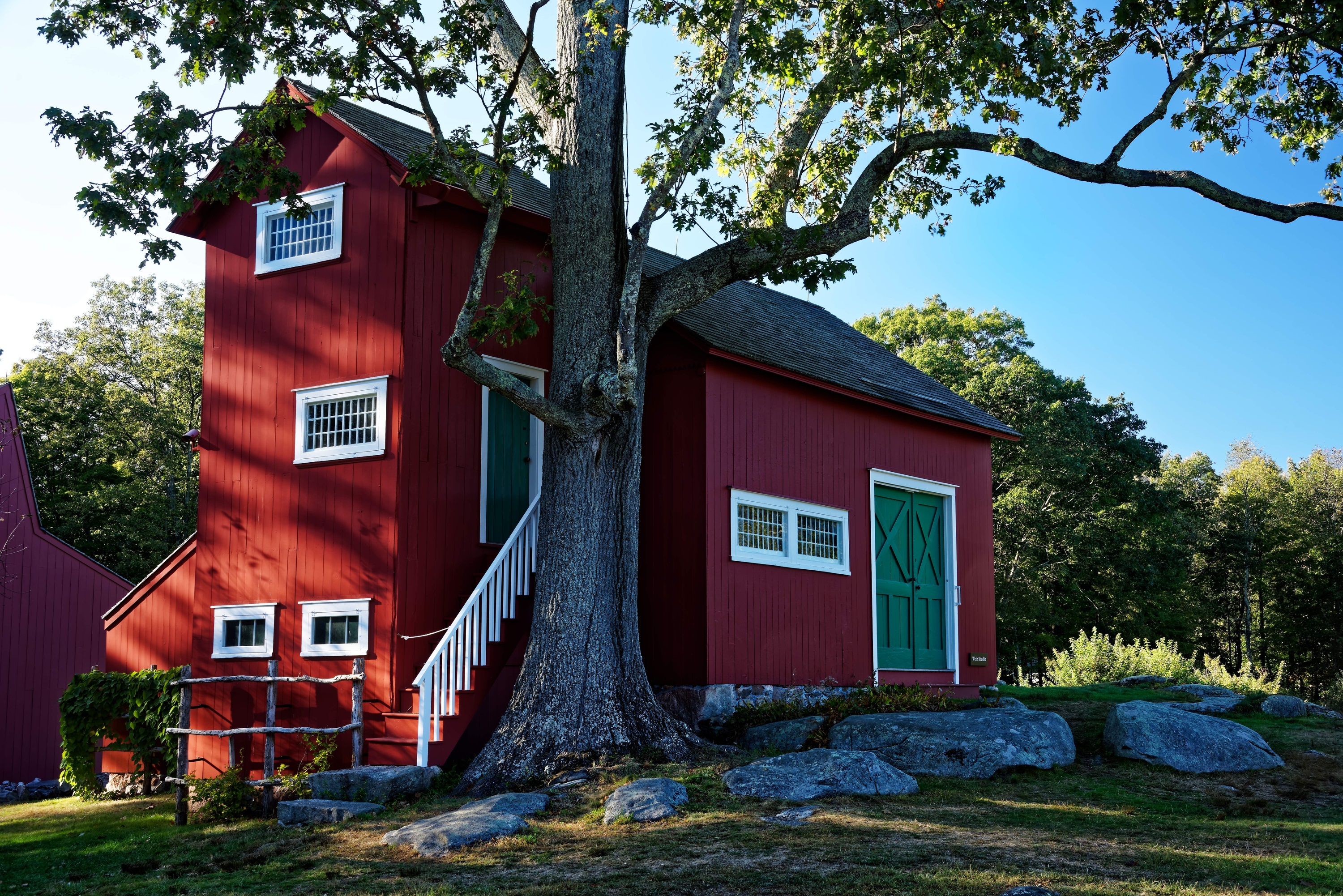
Young StudioIn the Young Studio, accomplished sculptor Mahonri Mackintosh Young worked on several masterpieces, including his largest commission, a monument entitled "This Is the Place". The studio was also used by Sperry Andrews, who continued the artistic tradition after the Weir and Young families. Today, the studio is historically furnished to include objects once owned by both Young and Andrews. 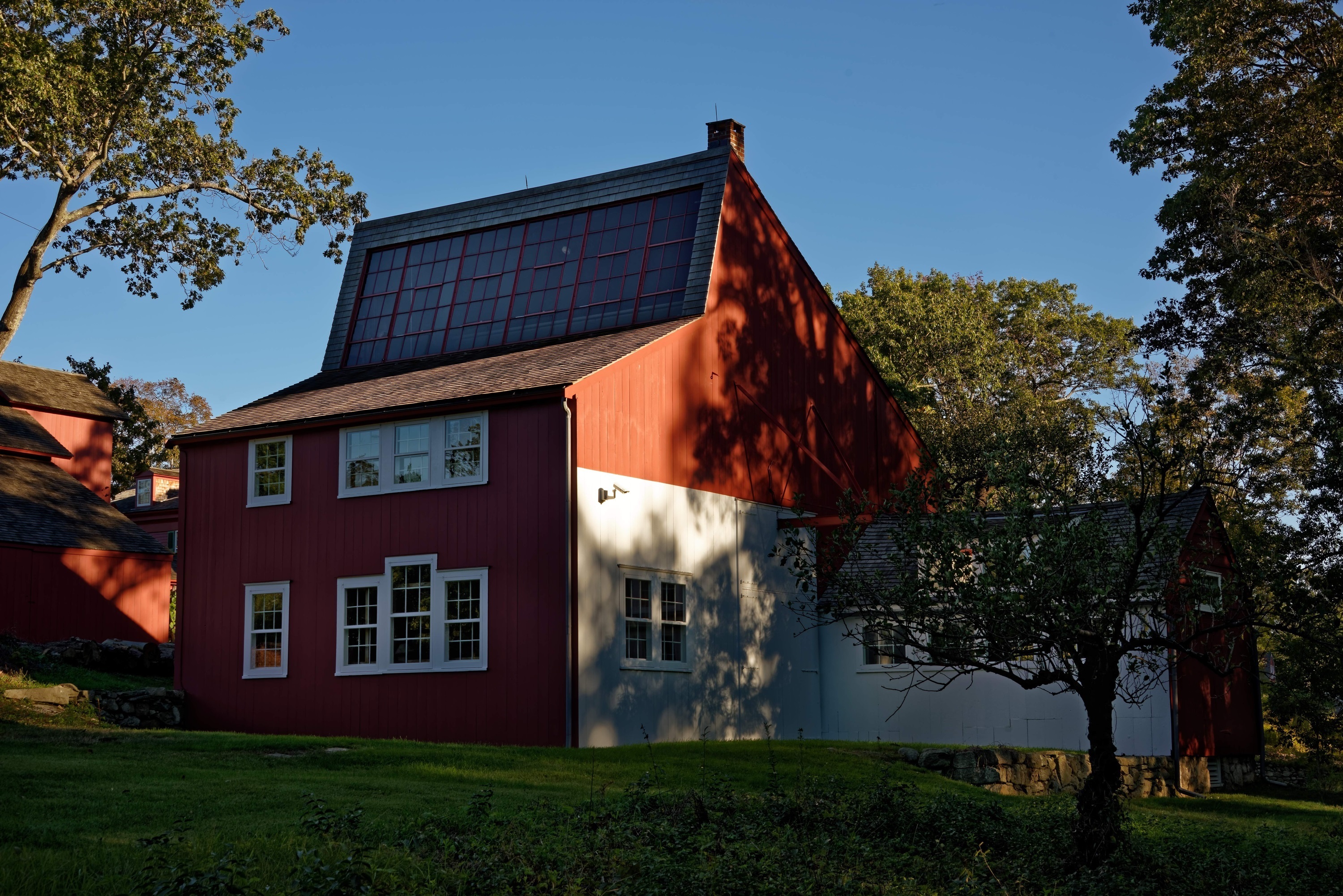
|
| Visitor Centers | Count: 1
Burlingham House Visitor Center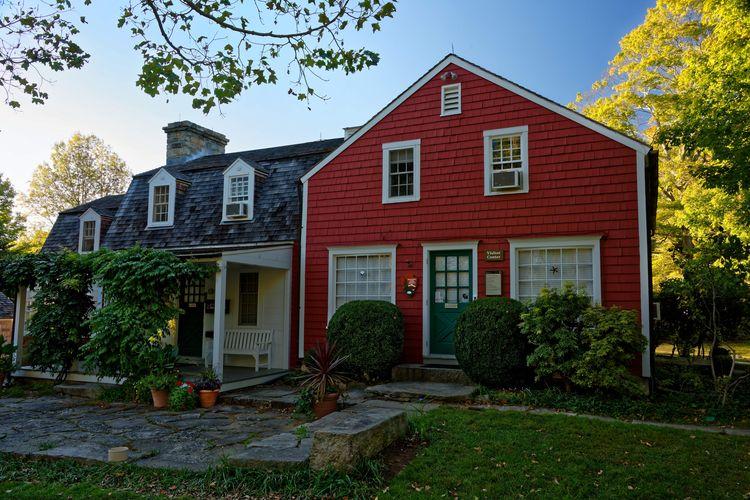
|
| Things to do | Count: 6
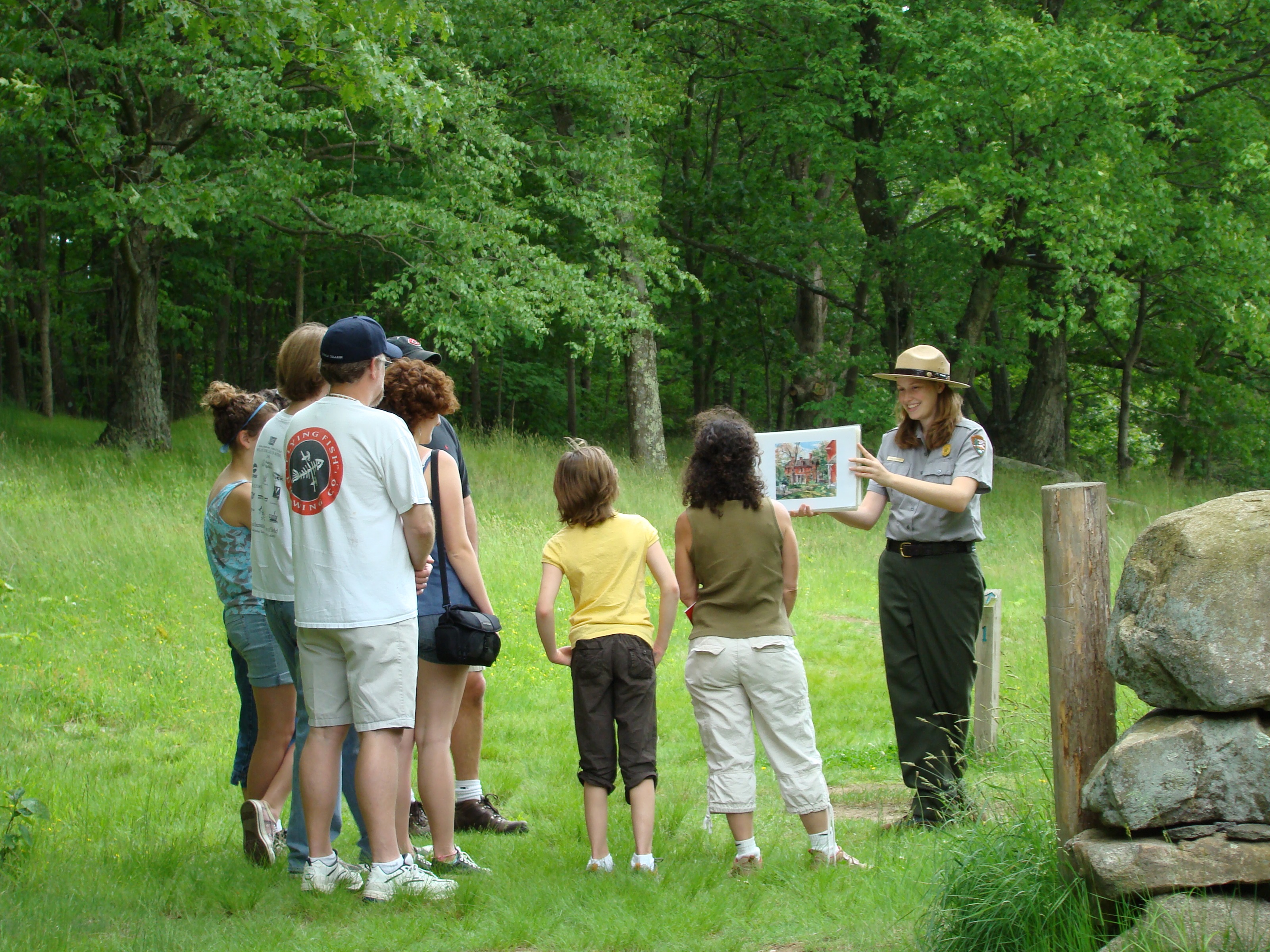
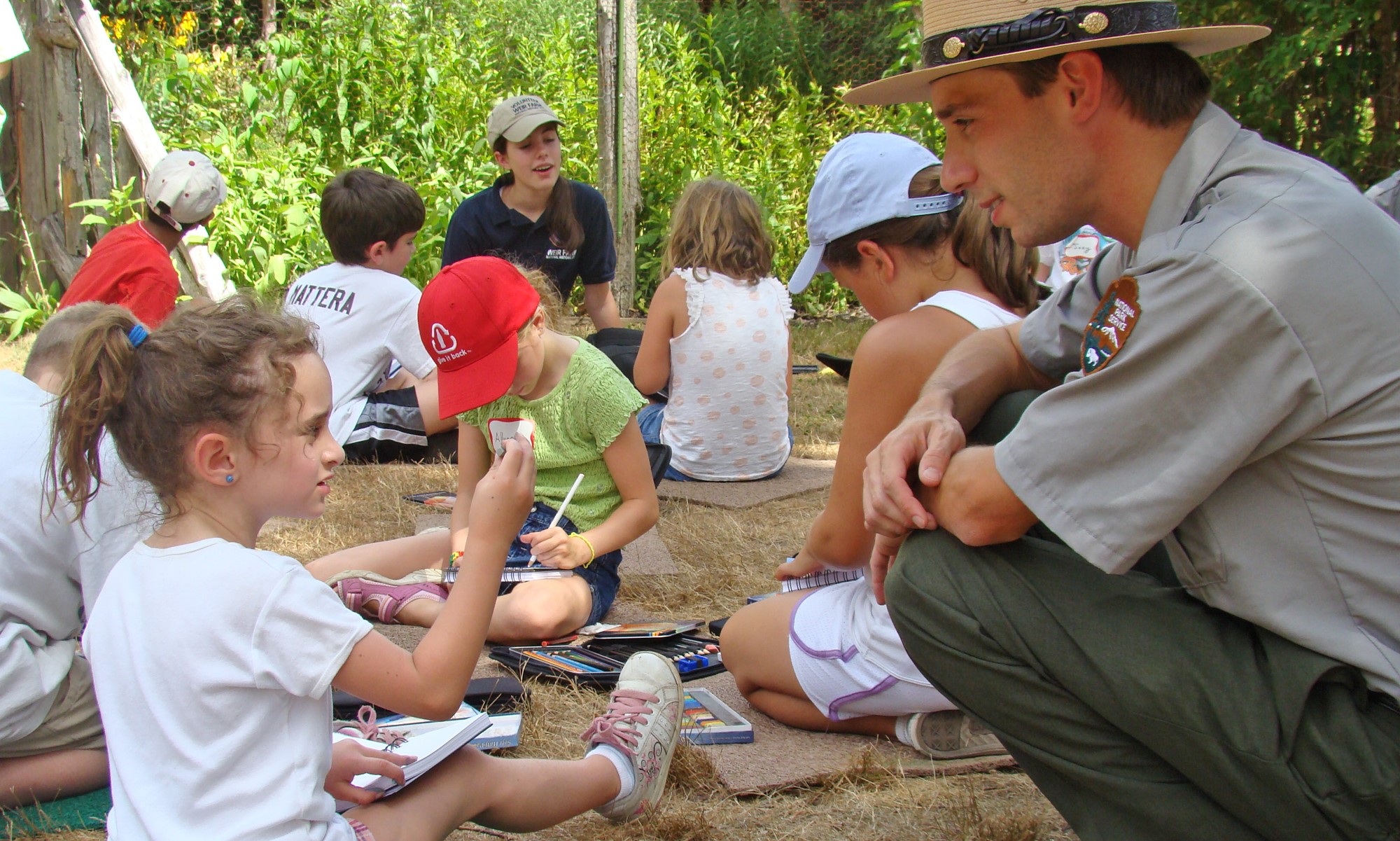
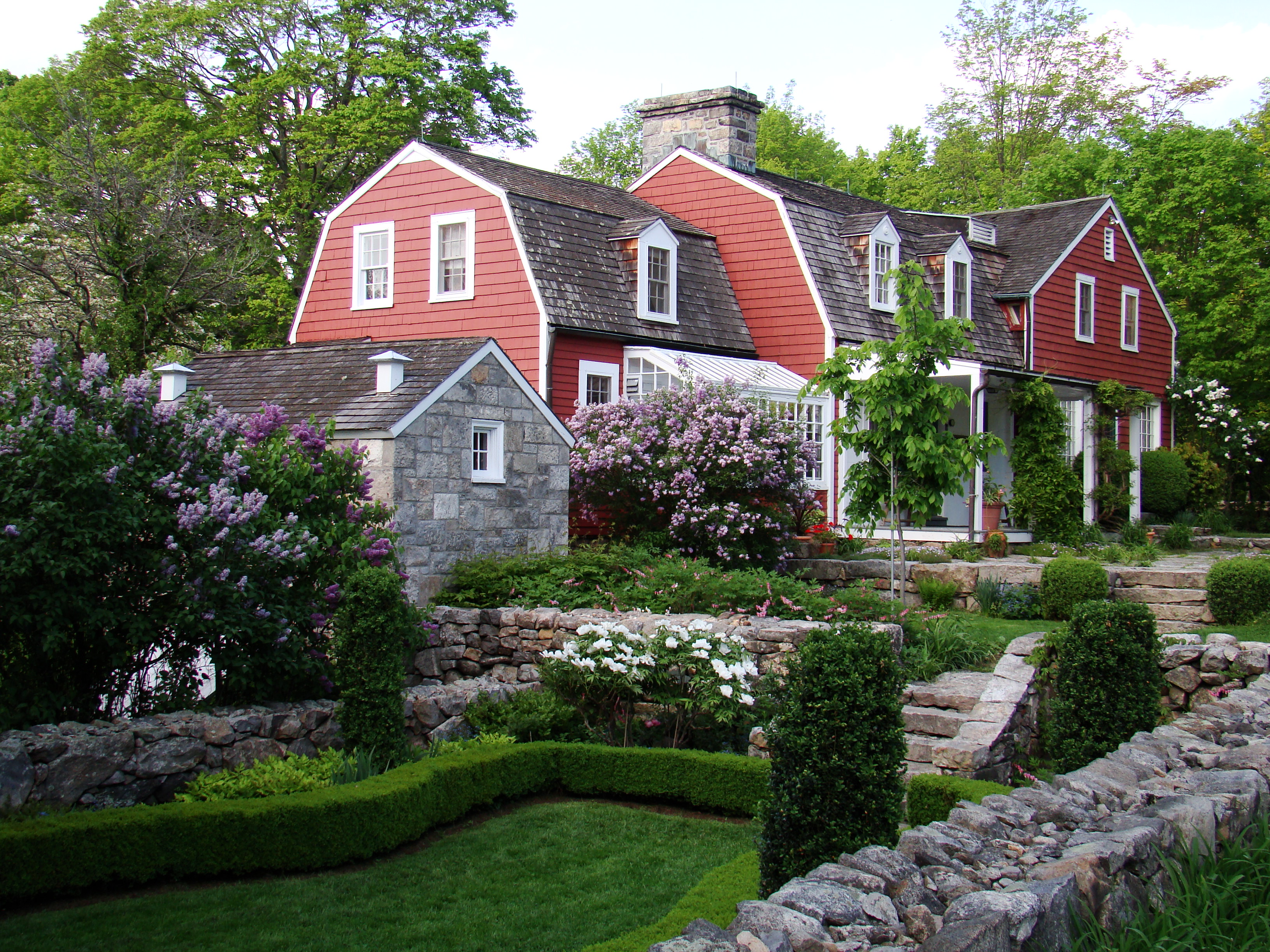
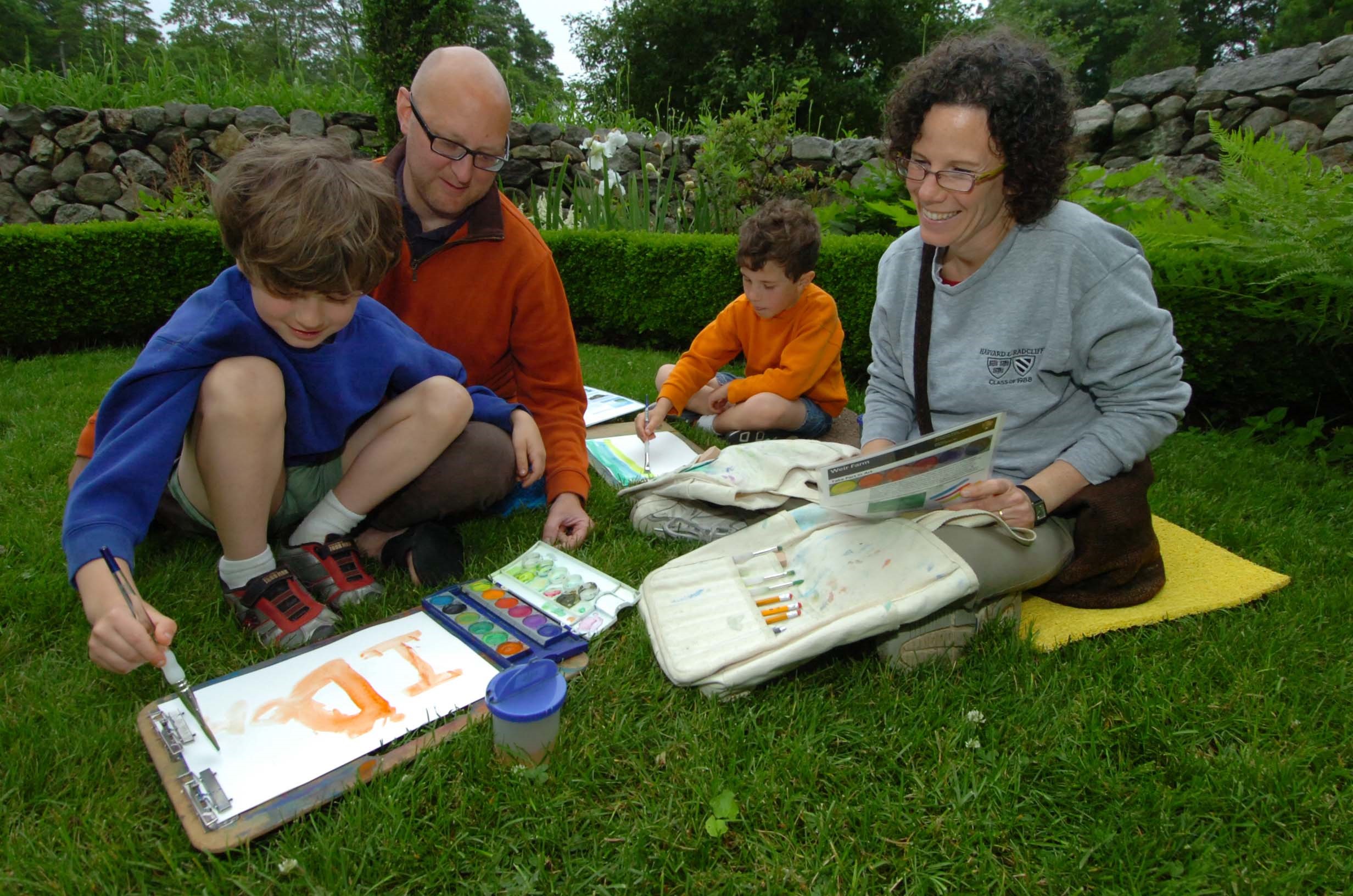
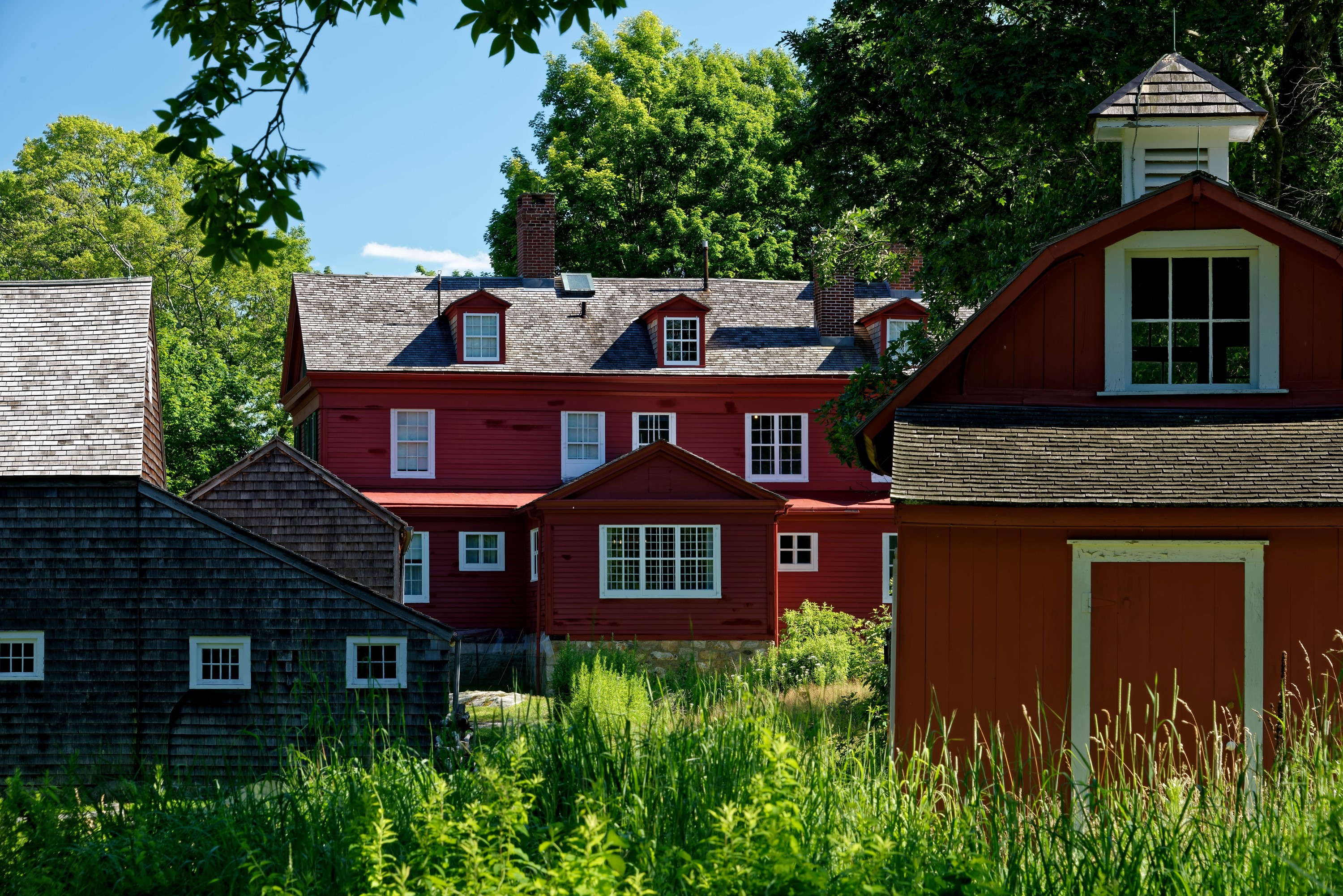
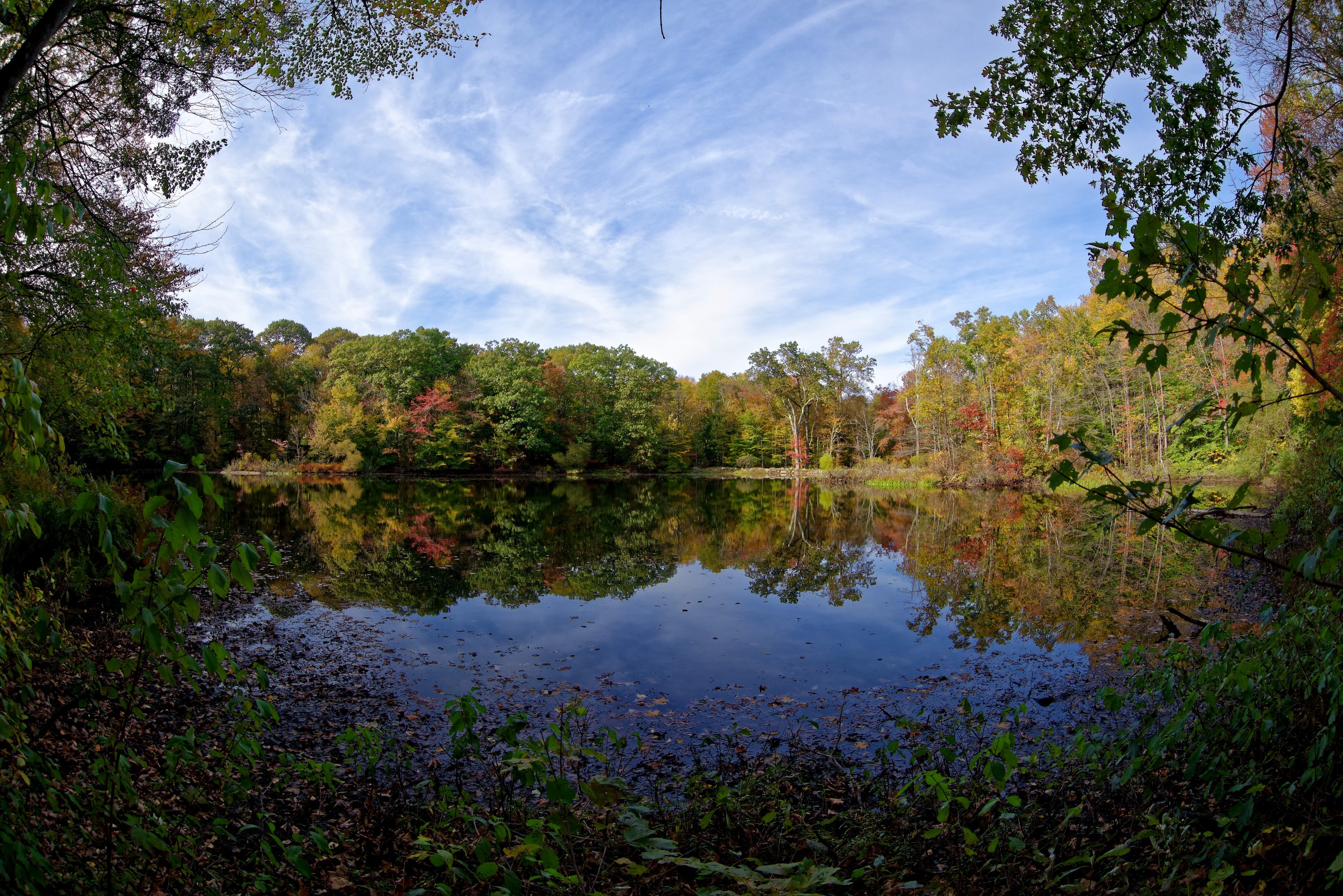
|
| Tours |
Count: 0
|
| Articles |
|